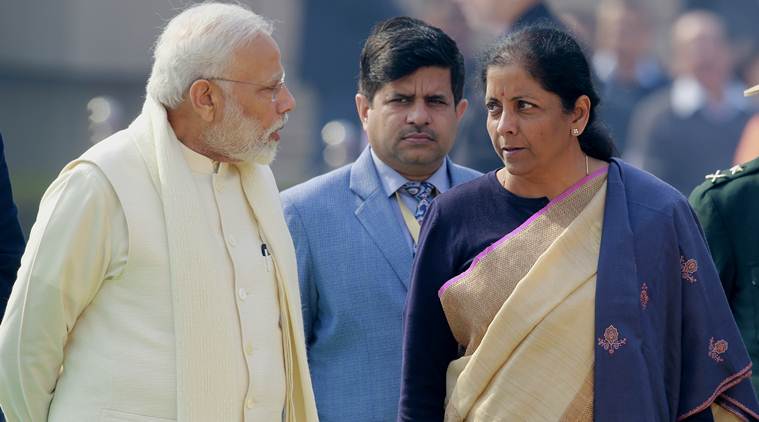The oppositions; Congress, UPA etc. has always been sceptical about the economic policies that Modi administration made which slowed down the country’s economy.
Indian economy had always focused on traditional/ internal economy. It has mostly solely done oil and gold exports. After the economy was made more liberal, India came in touch with the outsider world. Internal policies under Modi Government like GST and demonstration came into effect from 2017 and 2016 respectively. IMF chief, Kristalina Georgieva commented on it before the union budget 2020. She said the slow down of the economy is because of Goods and Service tax(GST) and demonetisation. However, she said that India is not in a recession. “Export growth slowed sharply as world trade stagnated, while investment fell victim to a home-grown Balance Sheet crisis, which came in two waves,” writes Arvind Subramanian and Josh Felman. Although, there’s been a deadlock in the economic growth of the Nation, it is only temporary and has long term benefits to these policies.
The global market has also gone down making it difficult for our GDP to rise. So even a little rise in economy is a lot. 8℅ increase expectations went down, but it was anticipated because of the market flow.
Nevertheless, Modi government has put some extreme efforts to improve it. The income gains collected after falling in oil prices, the Modi government spending and a non-bank financial company (NBFC)-led helped in credit roaring sky high. This has helped the economy and allowed real estate inventory accumulation. RBI interest rate came down by 135 points in its monetary policy which is the lowest ever.
Corona Virus scare affecting Economy :
India is facing dire challenges to its economic and health sectors amidst the covid-19 outbreak and the following administrative breakdown. India’s growth in the fourth quarter of the fiscal year 2020 went down to 3.1% according to the Ministry of Statistics.
Government reforms have been biased towards the formal sector, as a result of which the revenue generation in informal sector has perished.
In 2019, the freeze in wholesale money market caused a steady decline in credit growth among non-banking financial settlements, causing a substantial negative impact on the overall credit growth in the informal sector, among others.
To counter all of this disruption, major policy changes have been made.
On March 27, the RBI reduced the policy rate by 75 basis points (bps) to 4.4%. To boost liquidity, the RBI unveiled total liquidity support of INR 3.75 trillion (roughly US$50 billion or 1.7% of GDP) and measures such as the targeted longer-term refinancing operations (TLTRO) to induce economic stability. The RBI also ordered all lending institutions to allow a moratorium of three months to borrowers on repayment of all term loans.
On April 17, the RBI further added to its liquidity measures by announcing another set of TLTRO measures aimed at providing liquidity to non banks. To encourage the transmission of credit, the RBI further reduced the rate that it pays to banks when they place surplus liquidity with the RBI.
These measures aim to stabilize the market functioning and ease financial conditions. Once the government decides on the final fiscal package, we’d expect more steps from the RBI, including how to manage the bond supply.Unemployment rate has gone up in the latest data, released by the Mumbai-based private think-tank Centre for Monitoring Indian Economy (CMIE). It has come from 7.16 per cent in January to 7.78 per cent in February. It is higher than the October 2019 figures from pre-November that Nirmala Sitharaman gave out. Shaky product demand by public and downward scale in production due to coronavirus scare is going to affect the economy massively.
READ| Here’s how PM Modi’s Jan Dhan Yojana has proved to be blessing to the India’s Poor and Marganalized
READ| How Indian Economy has shaped Post Independence?
